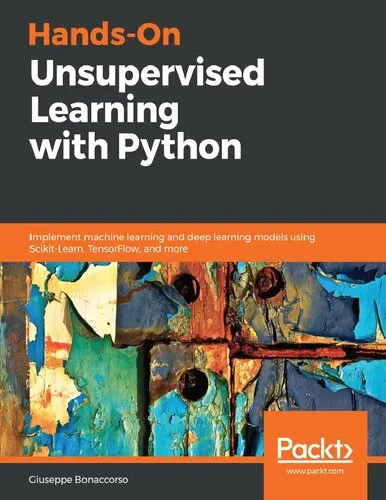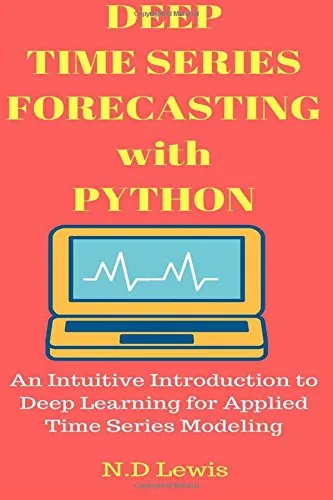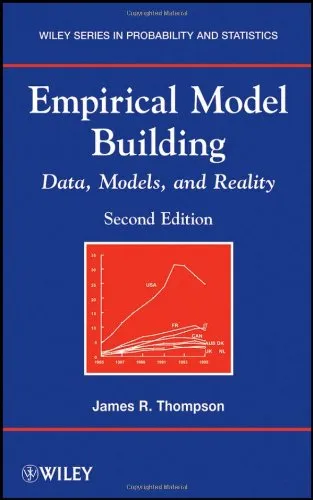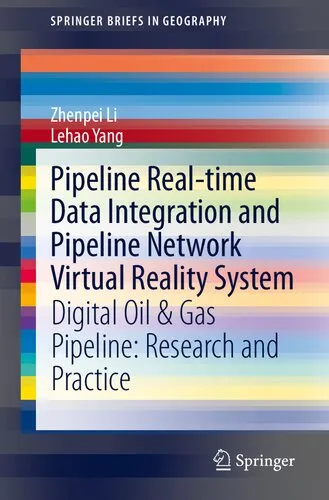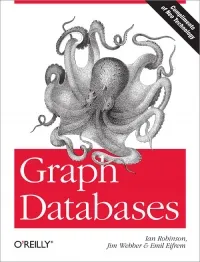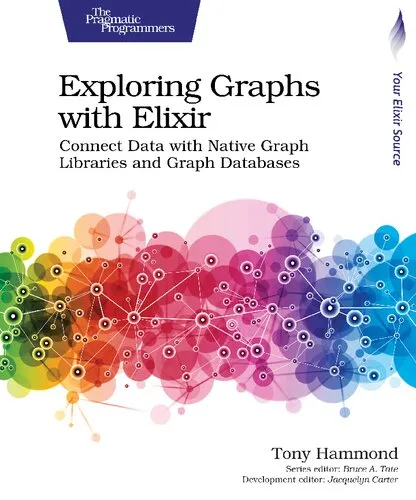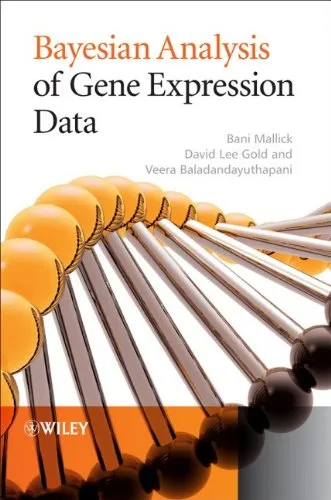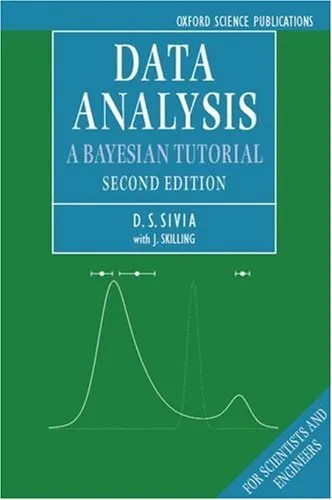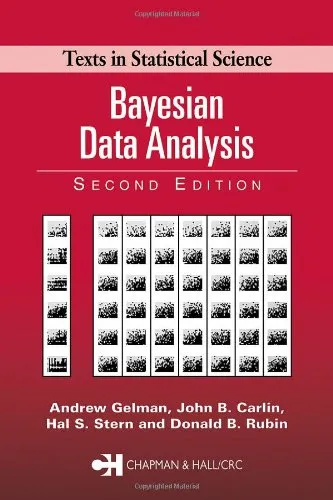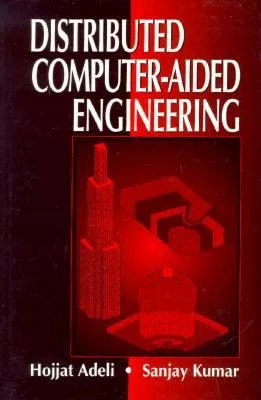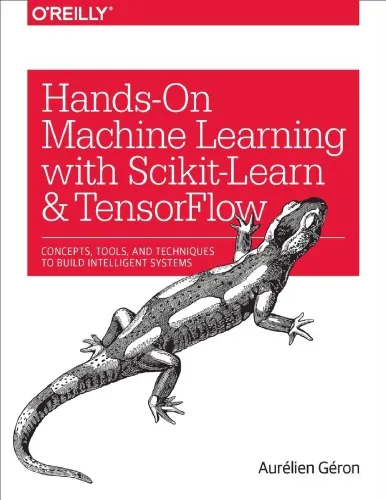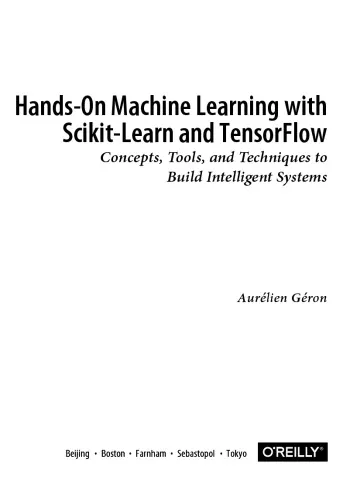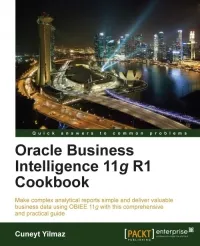Hands-On Unsupervised Learning with Python: Implement machine learning and deep learning models using Scikit-Learn, TensorFlow, and more
4.4
Reviews from our users

You Can Ask your questions from this book's AI after Login
Each download or ask from book AI costs 2 points. To earn more free points, please visit the Points Guide Page and complete some valuable actions.Related Refrences:
Welcome to an exploration of unsupervised learning with the comprehensive guide, 'Hands-On Unsupervised Learning with Python: Implement machine learning and deep learning models using Scikit-Learn, TensorFlow, and more' by Giuseppe Bonaccorso. This book serves as an essential resource for data scientists, machine learning engineers, and Python enthusiasts who are eager to delve into the world of unsupervised learning through practical, hands-on examples and expert guidance.
Detailed Summary of the Book
The book opens with a foundational understanding of unsupervised learning, setting the stage for more complex concepts and applications. Readers are introduced to the primary forms of unsupervised learning including clustering, association, and dimensionality reduction. Each of these methods is explained in detail, providing theoretical insights along with practical applications using Python's powerful libraries such as Scikit-Learn and TensorFlow.
Throughout the text, you'll find a variety of real-world datasets and problems that help underline the applicability of unsupervised learning across different domains, from customer segmentation in marketing to anomaly detection in network security. Giuseppe Bonaccorso has meticulously crafted examples that not only cover the basics but also tackle more advanced techniques such as deep learning methods, providing a complete toolkit for tackling modern data challenges.
The book progresses through key concepts, starting with data preprocessing, which is crucial for achieving accurate and meaningful results in unsupervised models. The author guides the reader through the comprehensive preparation of datasets, feature extraction, and selection processes.
As we delve deeper, the focus shifts towards clustering techniques. From k-means to hierarchical clustering, and density-based methods, the book provides a rich analysis and comparison to help choose the right approach for specific data patterns. Visualization techniques are highlighted to enhance the understanding and interpretation of clustered data.
Dimensionality reduction is another vital topic explored in this book. Methods such as Principal Component Analysis (PCA) and more advanced manifold learning techniques are thoroughly discussed. Readers are taught how to reduce the complexity of their data while preserving essential information, an invaluable skill in the modern landscape of big data.
By the culmination of the book, readers will have acquired the skills to build, evaluate, and optimize unsupervised learning models effectively. Each chapter closes with a thoughtful summary and additional exercises to encourage in-depth understanding and experimentation.
Key Takeaways
- An in-depth understanding of unsupervised learning and its core techniques.
- Hands-on experience with Python's Scikit-Learn and TensorFlow for implementing advanced models.
- The ability to tackle real-world data challenges using clustering, association, and dimensionality reduction.
- Practical insights into preprocessing and feature extraction methods for optimal model performance.
Famous Quotes from the Book
"Unsupervised learning is like exploring without a map; the algorithm guides you through the dataset, unearthing hidden patterns that were once only seen by human observers."
"The true power of unsupervised learning lies in its ability to provide insights without needing explicit instructions on what to look for."
Why This Book Matters
In an era where data is a vital asset, the ability to swiftly adapt and deduce meaningful insights without labeled datasets is essential. 'Hands-On Unsupervised Learning with Python' addresses this need by empowering professionals with the theoretical knowledge and practical skills necessary to excel in this field. As machine learning continues to evolve, understanding unsupervised techniques becomes increasingly crucial, and this book offers a solid foundation for navigating these uncharted territories with confidence. It remains a pivotal resource for those aiming to make impactful contributions to data-driven decision-making in any organization.
Free Direct Download
You Can Download this book after Login
Accessing books through legal platforms and public libraries not only supports the rights of authors and publishers but also contributes to the sustainability of reading culture. Before downloading, please take a moment to consider these options.
Find this book on other platforms:
WorldCat helps you find books in libraries worldwide.
See ratings, reviews, and discussions on Goodreads.
Find and buy rare or used books on AbeBooks.
